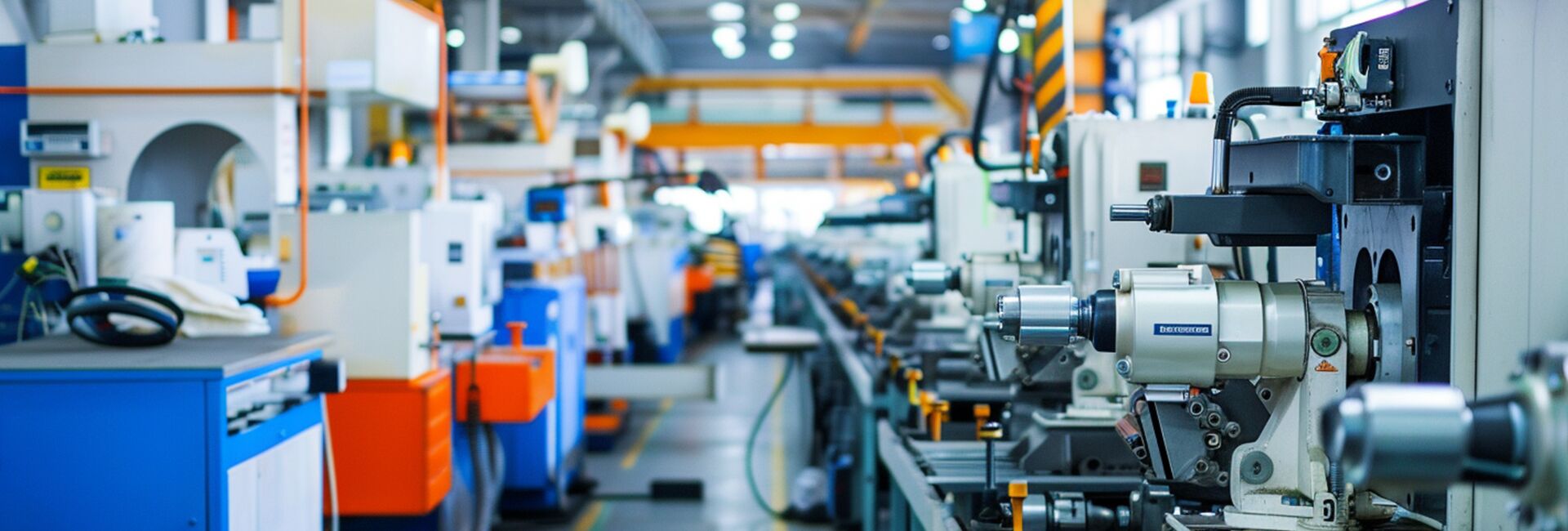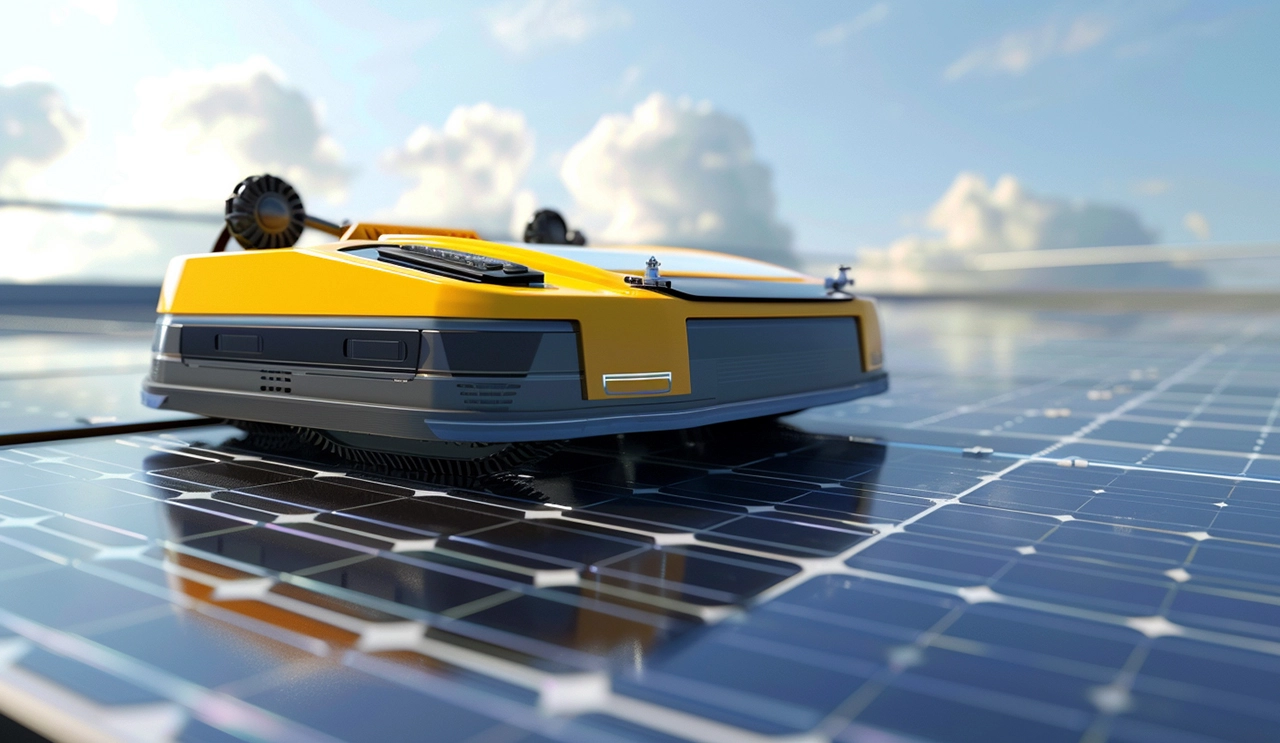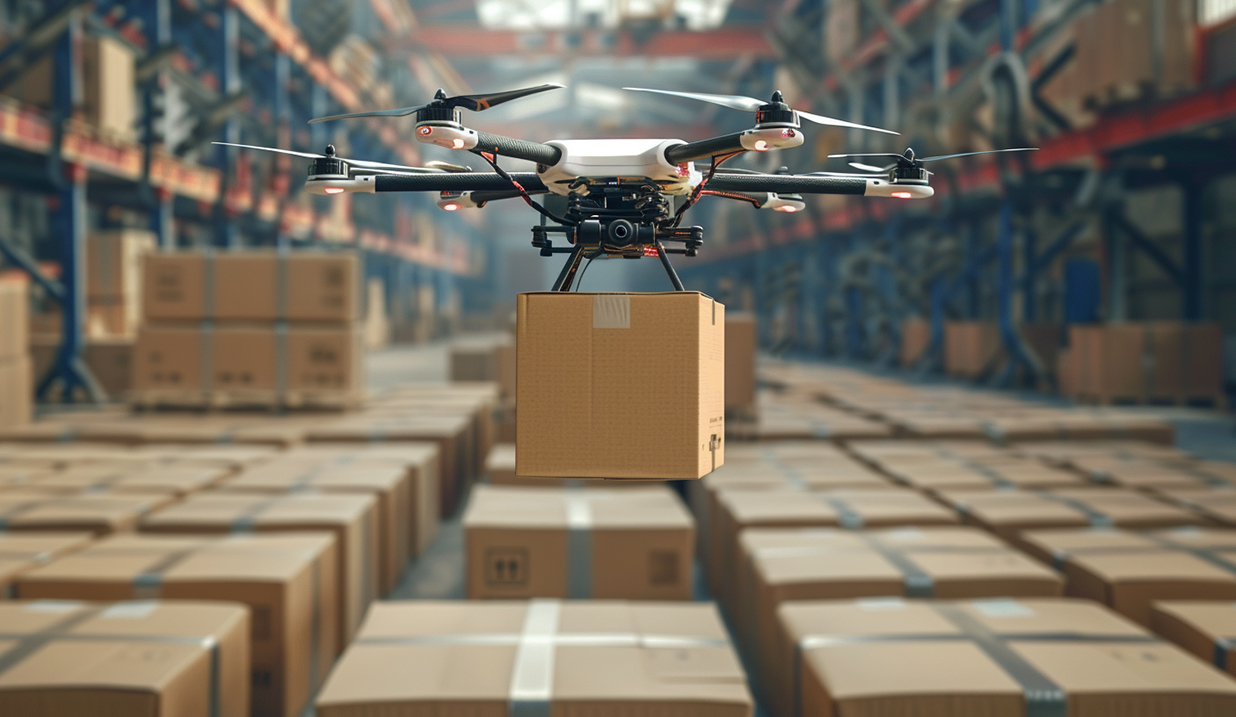
WIRELESS CHARGING IN THE NEWS
With the booming spread of humanoid robot research and development, a battery technology battle concerning endurance has already begun. At present, the mainstream bipedal humanoid robots on the market can generally only work continuously for 2 to 6 hours. The awkward situation of "charging for one hour and working for two hours" is becoming a bottleneck restricting the development of the industry.
Shortcomings emerge and performance is hindered:
Several popular robot products reflect the battery life predicament - the Utree H1 can run for 2 hours with a 0.864 KWH battery, while the Tesla Optimus, equipped with a 2.3 KWH battery pack, has not disclosed its running time. In contrast, Figure 02 supports a 5-hour running time with a 2.25-kilowatt-hour battery, while GAC's wheeled robot GoMate breaks through to 6 hours with the help of all-solid-state batteries. The energy density of the current mainstream lithium batteries, such as lithium iron phosphate systems, is too low to meet the demands of high-intensity tasks. Especially after being integrated with large models, the energy consumption of GPU chips will increase significantly.
Solid-state batteries may be the key to breaking the deadlock:
Technical experts have reached a consensus: traditional lithium batteries have reached their ceiling. All-solid-state batteries, with their higher energy density and safety performance, are regarded as the core direction for enhancing battery life. Leading manufacturers such as CATL and EVE Energy are accelerating their layout in the research and development of dedicated lithium batteries. The fact that GAC Robot has increased the battery life to 6 hours through the combination of "wheel-foot structure + all-solid-state battery" is a clear proof. Mo Ke, the founder of the True Lithium Research Institute, clearly pointed out: "Lithium iron phosphate batteries are difficult to meet future demands, and solid-state technology is an inevitable choice."
According to TrendForce's prediction, solid-state batteries are expected to achieve pilot applications from 2026 to 2027. Before that, lightweight design, fast charging technology and structural innovation (such as GAC's energy-saving wheel base solution) will become important supports during the transition period. As robots accelerate their entry into the mass production track, whoever can break through the battery bottleneck first will grasp the future lifeblood of intelligent terminals.







